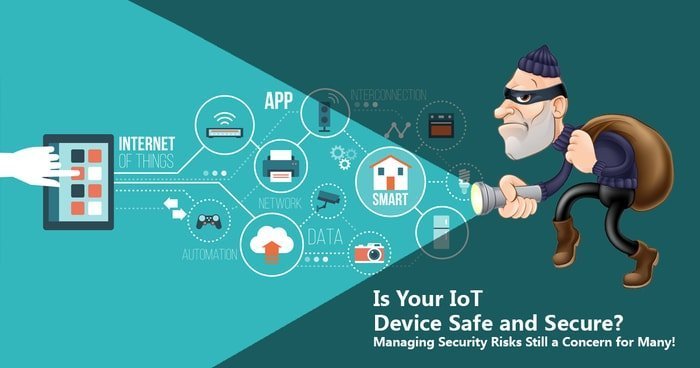The Internet of Things (IoT) is a rapidly growing technology sector, connecting everything from home appliances to medical devices to our cars. This interconnectedness brings about a wealth of possibilities, enhancing convenience and automation in our lives. However, the risks associated with IoT devices, particularly from a cybersecurity perspective, cannot be ignored. As more and more devices come online, the potential for security breaches increases. In this blog, we will explore these risks and consider how to mitigate them.
IoT devices are essentially everyday objects equipped with sensors, software, and network connectivity, allowing them to connect and exchange data with other devices or systems over the internet. These devices can range from a smart refrigerator that notifies you when you’re running low on groceries, to a heart monitor implanted in a patient.
1.1 Lack of Built-In Security
One of the most significant cybersecurity risks associated with IoT devices is the lack of built-in security features. Many IoT devices are designed with convenience and ease-of-use in mind, and security is often an afterthought. This can make these devices susceptible to hacking, malware, and other cyber threats.
1.2 Inconsistent Security Standards
The IoT industry is still relatively new and lacks consistent security standards. Different manufacturers may have varying levels of security protocols, making it difficult for consumers to assess the security of their devices accurately. As a result, many IoT devices are left unprotected or under-protected.

2.1 Personal Privacy Violations
One of the most pressing concerns associated with IoT security breaches is the violation of personal privacy. Many IoT devices collect personal data, such as health information or location data. If a breach occurs, hackers can access this sensitive information, leading to severe consequences for individuals.
2.2 Financial Losses
Cybercriminals can use compromised IoT devices to carry out cyberattacks or fraudulent activities, resulting in financial losses for individuals or businesses. Moreover, companies that suffer IoT-related breaches may face significant financial repercussions, including fines and damage to their reputation.

3.1 Regular Updates
To protect IoT devices from cyber threats, it is crucial to keep their software and firmware up-to-date. Manufacturers often release updates to fix vulnerabilities and improve security features. By regularly updating devices, users can reduce the risk of a successful cyberattack.
3.2 Strong Passwords
Using strong, unique passwords is an essential step in securing IoT devices. Users should avoid using default passwords and instead create complex passwords that include a mix of letters, numbers, and symbols. This can help prevent unauthorised access to devices.
3.3 Network Segmentation
Network segmentation involves dividing a network into multiple sub-networks, limiting the impact of a security breach on one segment. By segregating IoT devices from other critical systems, users can minimise the potential damage of a cyberattack.


The IoT revolution brings with it many benefits and conveniences. However, it is essential to be aware of the potential security risks associated with IoT devices. By implementing the above measures, individuals and businesses can enjoy the advantages of IoT while minimising the associated risks. It is also crucial for manufacturers to prioritise security in their designs and for policymakers to establish clear and consistent security standards for the industry.